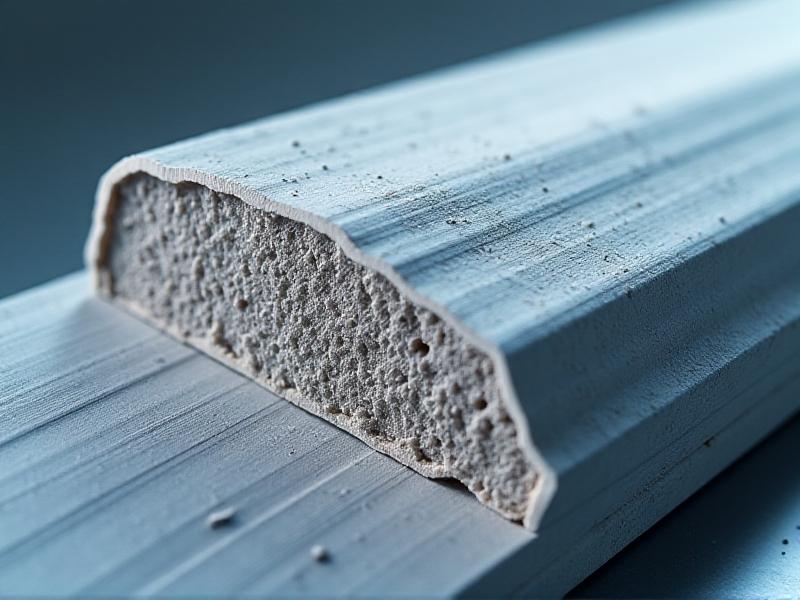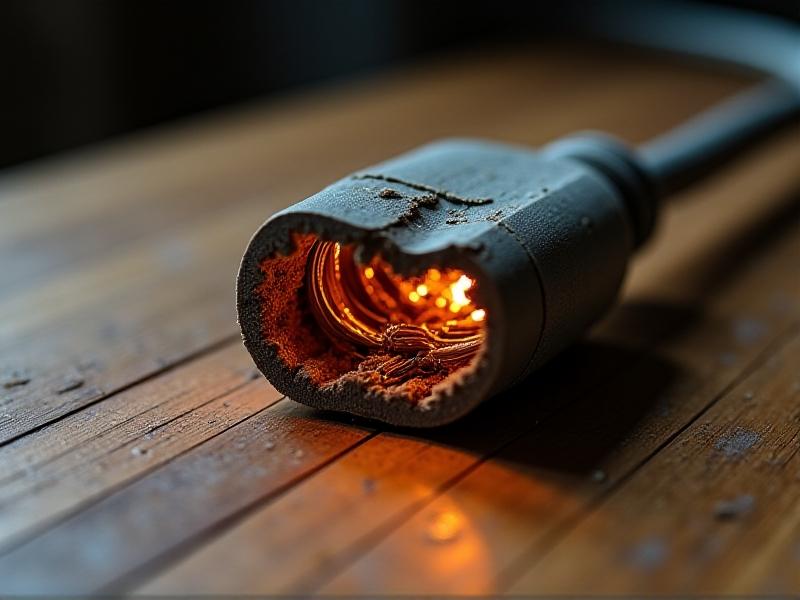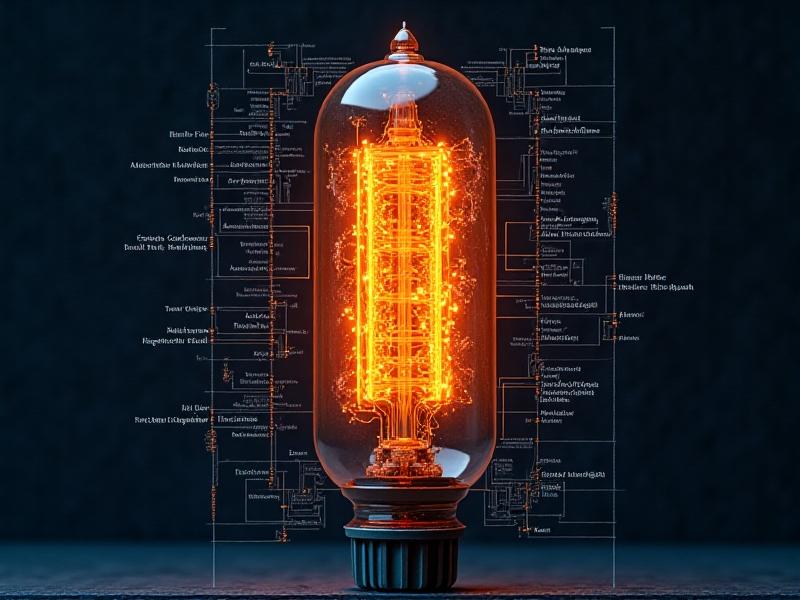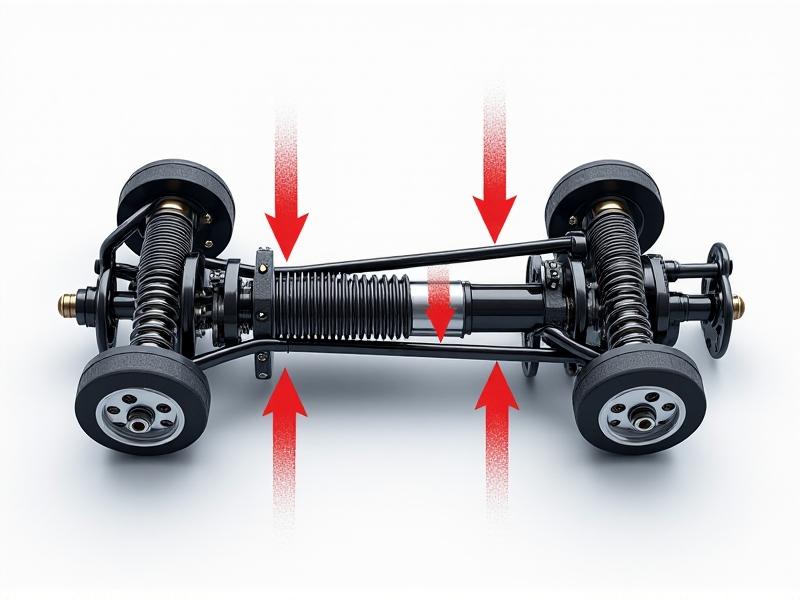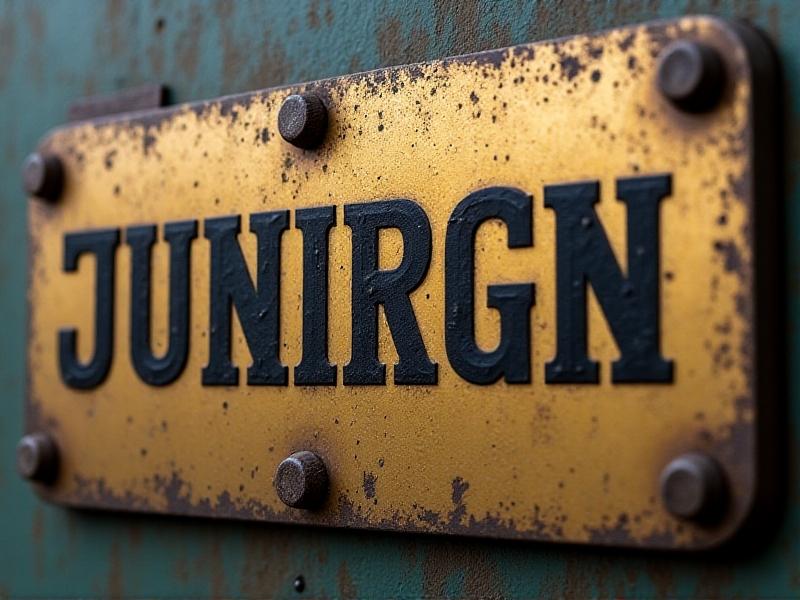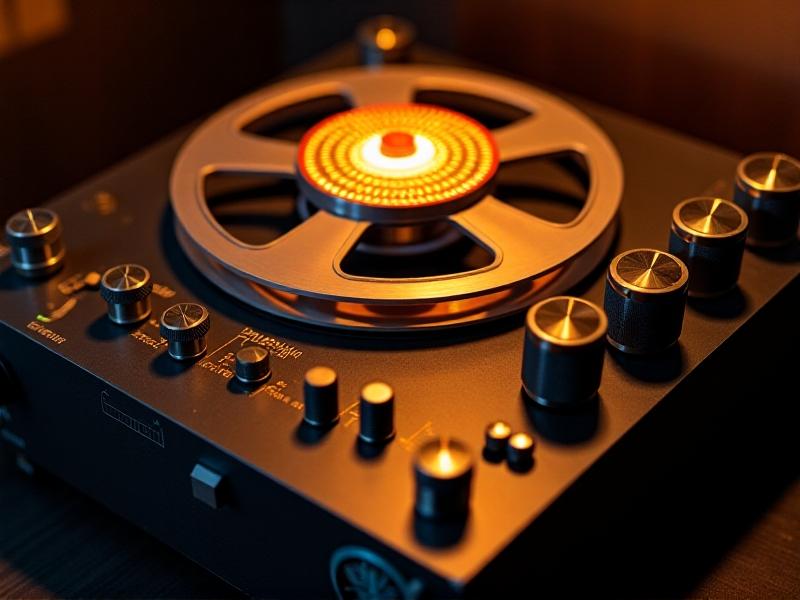Baffle Board Warp Correction Methods
Understanding Baffle Board Warping: Causes and Symptoms
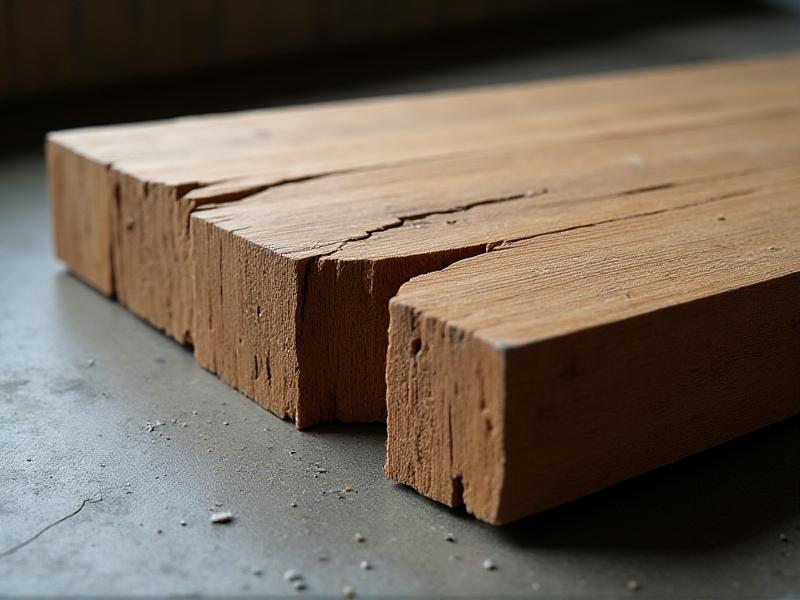
Baffle boards, commonly used in construction and industrial applications for noise reduction or airflow management, are susceptible to warping due to environmental and material factors. Warping occurs when uneven stress causes the board to bend, twist, or cup, compromising its functionality. The primary culprits include moisture absorption, temperature fluctuations, and improper storage. For instance, wood-based baffle boards expand when exposed to humidity and contract during dry spells, creating internal tension. Similarly, composite materials may warp if manufactured with inconsistent resin distribution or inadequate curing times.
Symptoms of warping range from visible curvature to operational failure. In acoustic settings, even minor warping can disrupt soundwave deflection, reducing efficiency. Structural warping may also lead to fitting issues during installation, forcing gaps or misalignments. Early detection is critical: regular inspections for surface irregularities, such as raised edges or bowing, can prevent costly replacements. Warping often begins subtly, making it essential to monitor boards in high-risk environments like humid factories or outdoor installations.
Traditional Methods for Correcting Baffle Board Warp
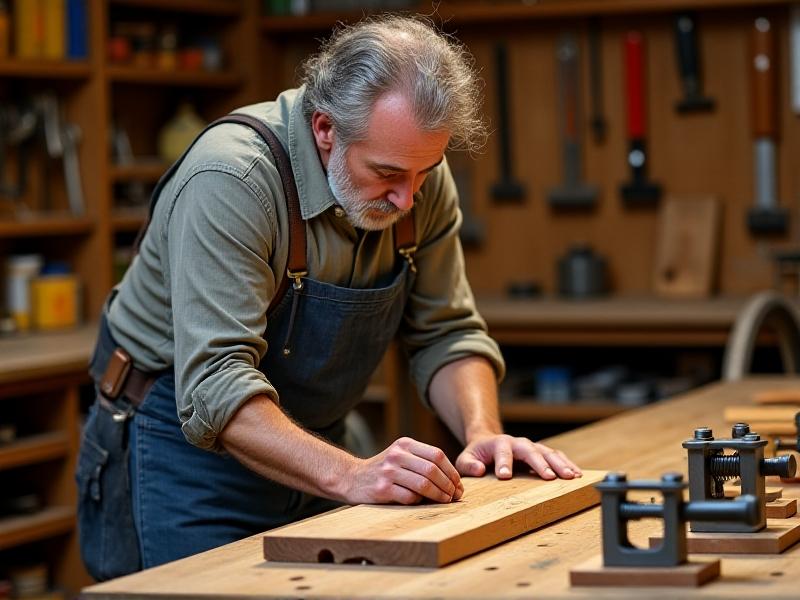
Before modern technologies emerged, craftsmen relied on mechanical techniques to rectify warped baffle boards. One common approach involves clamping the board to a flat surface and applying gradual pressure over days or weeks. This method works best for mild warping, as excessive force can crack brittle materials. For wood-based boards, moisture redistribution is key: dampening the concave side and drying it under weighted clamps encourages the fibers to expand and contract into alignment. However, this requires precision—overwetting can exacerbate swelling.
Another traditional fix is planing or sanding the raised areas to restore flatness. While effective for minor distortions, this method reduces the board’s thickness, potentially weakening its structure. In industrial contexts, heat lamps were sometimes used to gently warm warped sections, making them pliable enough to reshape manually. These methods, though low-tech, remain relevant for small-scale repairs or historical preservation projects where modern materials are incompatible.
Advanced Techniques: Heat Treatment and Moisture Control
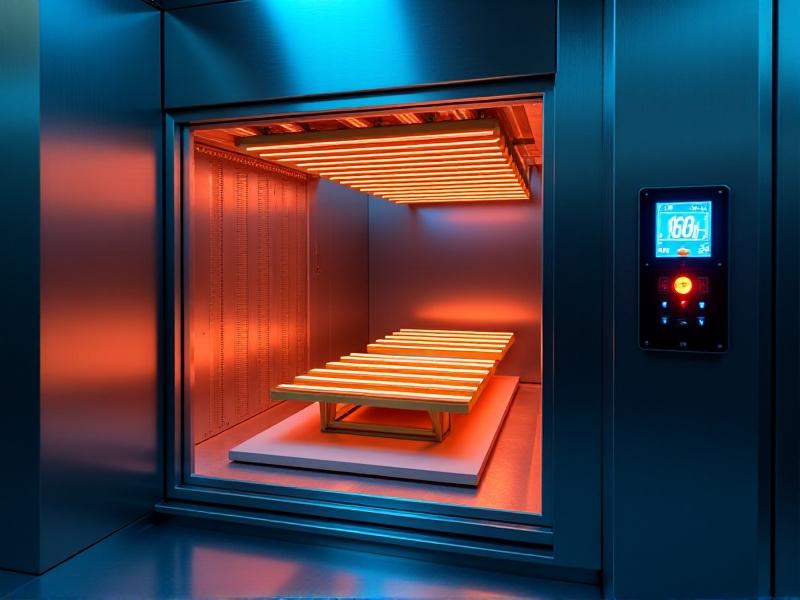
Modern advancements have introduced targeted heat treatment as a reliable solution for severe warping. Industrial-grade heat chambers expose baffle boards to controlled temperatures, softening synthetic resins or wood fibers without damaging the material. For instance, medium-density fiberboard (MDF) can be heated to 150°F (65°C) for two hours, allowing technicians to mechanically flatten it before cooling. Infrared thermography is often used to monitor temperature distribution, ensuring uniformity.
Moisture control systems are equally transformative. Desiccant dehumidifiers and climate-controlled storage rooms maintain ambient humidity levels between 40–50%, preventing warping during both production and post-installation phases. Some facilities use nanotechnology-based coatings to create water-resistant surfaces on porous baffle boards. These hydrophobic layers repel moisture while allowing the material to "breathe," reducing stress caused by environmental shifts.
Material Innovation: Warp-Resistant Baffle Boards
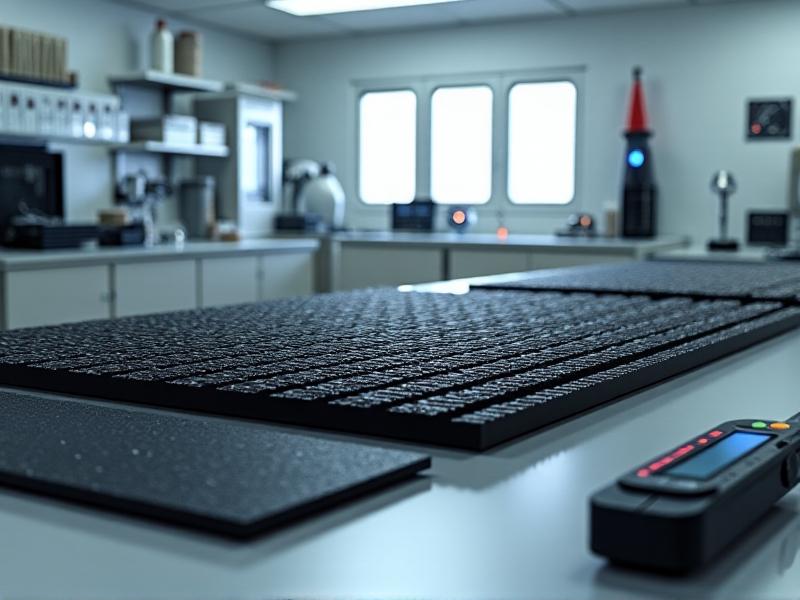
The rise of engineered materials has revolutionized baffle board design. Carbon-fiber-reinforced polymers (CFRPs) combine high stiffness with minimal moisture absorption, making them ideal for humid or variable climates. Similarly, cross-laminated timber (CLT) uses alternating grain directions in its layers to neutralize internal stresses, virtually eliminating warping. These materials are increasingly popular in aerospace and high-end architecture, where precision is non-negotiable.
Recycled plastic composites also offer warp resistance, as they lack the organic fibers prone to expanding. Manufacturers are experimenting with additives like glass fibers or mineral fillers to enhance dimensional stability further. For eco-conscious projects, bamboo-based boards treated with natural oils provide a sustainable alternative to traditional wood, boasting superior resistance to humidity-induced deformation.
Preventive Maintenance and Long-Term Care Strategies
Preventing warping starts with strategic storage and handling. Baffle boards should be stored horizontally on flat racks, shielded from direct sunlight or rainwater. Rotating stock to ensure older boards are used first minimizes prolonged exposure to ambient conditions. During installation, allowing a small expansion gap around the edges accommodates natural movement without causing pressure points.
Routine inspections using moisture meters or laser levelers help detect early signs of distortion. In high-humidity areas, installing vapor barriers or ventilation systems can mitigate environmental risks. Protective coatings, such as polyurethane sealants or epoxy paints, add a layer of defense against moisture ingress. For critical applications, real-time monitoring systems with humidity and temperature sensors provide instant alerts if conditions exceed safe thresholds.
Case Studies: Real-World Applications of Warp Correction
A renowned concert hall in Vienna faced acoustic issues due to warped wooden baffle boards distorting sound reflection. Engineers combined heat treatment with localized humidity control, restoring flatness without replacing the boards. Post-correction, sound clarity improved by 30%, measured by decibel uniformity tests.
In a California data center, server cooling efficiency dropped after composite baffle boards warped under constant airflow. Replacing them with carbon-fiber models reduced downtime and maintenance costs by 45% over two years. These examples underscore the importance of tailoring solutions to the specific environment and material.
